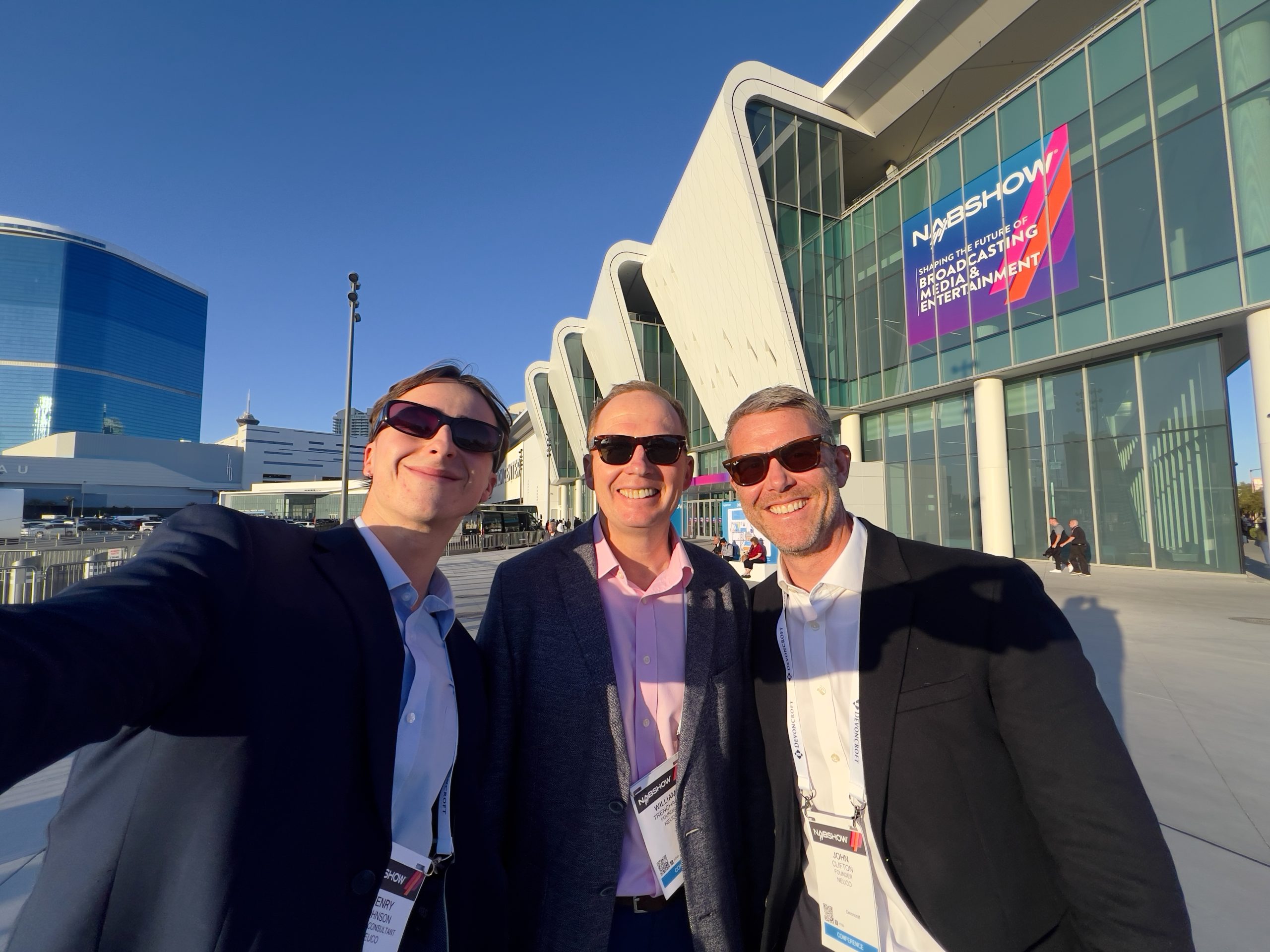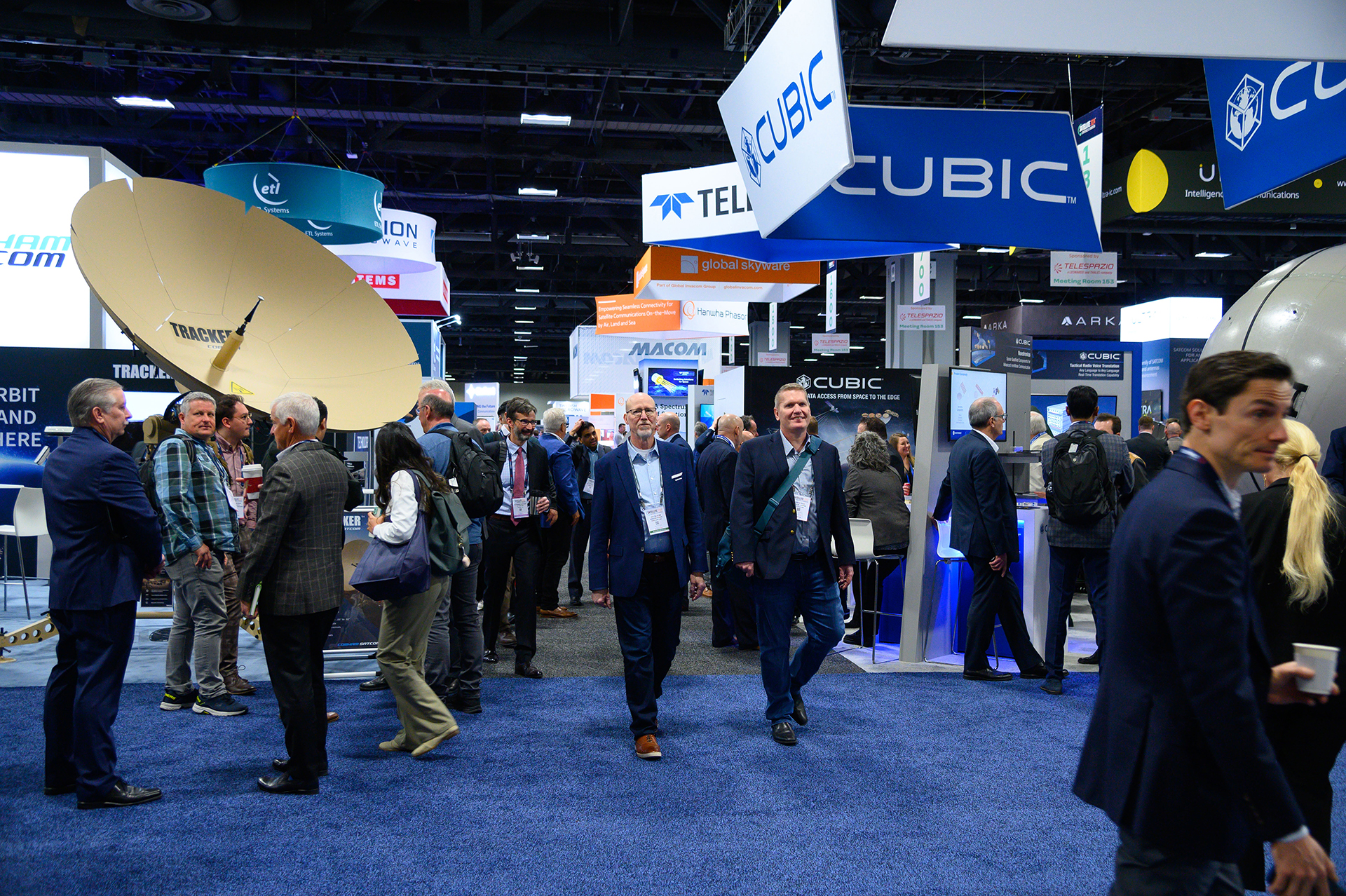The satellite industry has been rapidly developing over the last two years. On Episode 36 of The Satellite & NewSpace Matters Podcast, we were joined by returning guest Gary Calnan, the CEO of CisLunar Industries, to explore the changes that have happened since he last appeared on the show. He shared his perspectives on the major trends of privatisation and investment in the industry and explained the global benefits of tackling space debris. Read on for the highlights of the conversation.
“In the last two years, there have been a couple of major trends in our industry. The whole government of the United States has shifted its mindset in a very definitive way from the prior paradigm of launch and be done. They used to think that you launch a satellite and it’s a one-shot deal where it’s eventually it’s either going to become space garbage or it’s going to be in orbit. From there, we have completely shifted into this paradigm of in-space servicing, assembly and manufacturing, or I-SAM.
The United States has pushed this government initiative across the defence department, the executive branch, NASA, and all the other agencies, saying that we’re going to shift from that earlier paradigm to one where we are launching spacecraft with the intention of building them in space, reusing them, servicing them and repairing them – the very first part of which is refuelling them and really basic stuff like that. Now we’re building towards this paradigm of staying in space and expanding in space instead of creating the one-shot deals that we did in the past.
A lot of that has been facilitated by launch costs coming way down, which has obviously been principally driven by SpaceX and other companies who are falling on their heels to help drive that competition further. Falling launch costs have enabled a new way of thinking about these things. Simultaneously the government on both the DoD side and the NASA side has shifted to embrace the idea of tapping the private sector, not just to build things for them to own but actually to provide capabilities as a service. So instead of saying, ‘I want you to build me my own moon rocket’, they’re now saying, ‘I want to pay for a ride to the moon’. That’s a wholly different way of thinking about space that has enabled the private sector to push the limits of space and move forward faster.
Private space companies have shifted away from cost-plus pricing to fixed-price contracts, which helps to keep costs from ballooning. Lower launch costs make it possible to get more satellites and missions into space and make a profit.

The government paying for services from private industry also provides another incentive for companies to launch their own constellations, so we end up with a satellite environment that is increasingly congested. Because we want to do more with the satellites, they’ve grown in size from the bread blocks of the original NewSpace constellations to something that’s not the size of a school bus but significantly bigger to give those satellites more power. They needed to be more capable, with more powerful sensors, and do things that require more energy. Because there are more of them, they also need propulsion to be able to manoeuvre around as they go. If they’re manoeuvring, they need to be refuelled to stay up there for a while. That’s creating a self-feeding ecosystem that’s driving more and more economic activity, so prices go down for launch, and it just helps to feed the cycle. There really has been a paradigm shift.
Along the way, we’ve also had shifts in the capital markets. For years there has been a real slump in investment, but that’s starting to crack a little bit. As far as legislation and regulation go, more needs to be done for debris, like mandating lifespans. I know they don’t want to regulate that too hard and stifle the industry’s progress, but they’ve moved to a five-year plan which aims to address these issues. We’re seeing fines levied against companies for not handling an array, which is interesting. It happened recently, and the cost was minimal for the company, but nevertheless, it’s happening. I think it’s all going in the right direction.
From a debris perspective, we think that once satellites reach the end of a mission, they should be required to orbit right away or do something else. Part of what we offer or enable is doing salvage in space. We partner with other companies that can go out and get these satellites and bring them back. This should all be part of the planning that companies have in response to a requirement that as soon as the mission is over, you have a year to deal with it. Otherwise, space is going to get more and more congested. We have an incentive to keep space clear, but if others aren’t doing it, they’re getting an advantage on cost, which makes it hard to eliminate the tragedy of the commons problem.
Space is getting crowded. There’s no way we’re going to be able to handle an increase in satellites without addressing the space debris issue. Doing that also increases the carrying capacity of the orbital environment because if we remove the things when they’re broken right away, we can put more satellites up there, which means we can have more capabilities. It’s in everyone’s interest that that gets managed as tightly as possible.”
To find out more about the advancements in the satellite industry over the last couple of years, tune into Episode 36 of The Satellite & NewSpace Matters Podcast here.
We sit down regularly with some of the biggest names in our industry, we dedicate our podcast to the stories of leaders in the technologies industries that bring us closer together. Follow the link here to see some of our latest episodes and don’t forget to subscribe.


